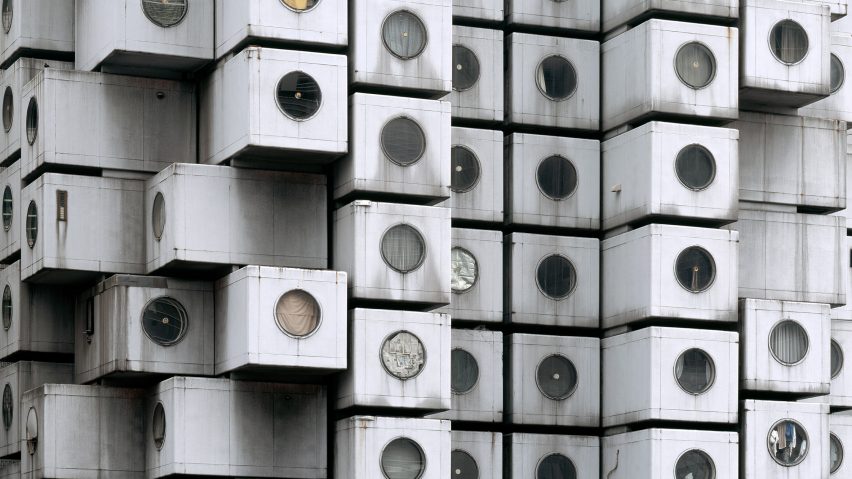
SFMOMA becomes first museum to acquire Nakagin Capsule Tower pod
A module from the Nakagin Capsule Tower, which was recently disassembled in Tokyo, has been acquired by the San Francisco Museum of Modern Art in the USA.
San Francisco Museum of Modern Art (SFMOMA) is the first museum to obtain a capsule from the landmark metabolist building after it was disassembled in 2022 due to decay.
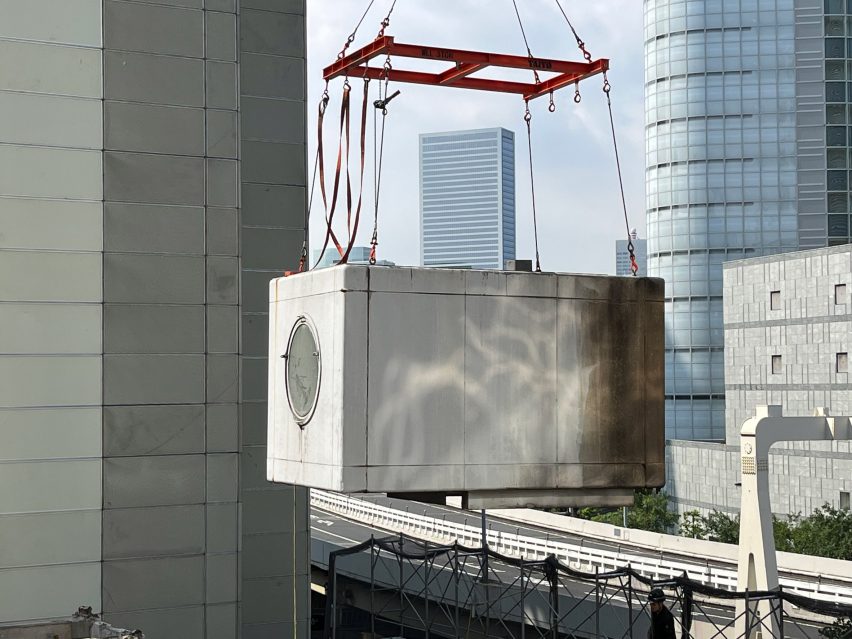
The pod it has acquired is Capsule A1302, which was once owned by the tower's architect Kisho Kurokawa.
It is one of 23 modules saved during demolition by the Nakagin Capsule Tower Preservation and Restoration Project, an initiative led by former resident Tatsuyuki Maeda.
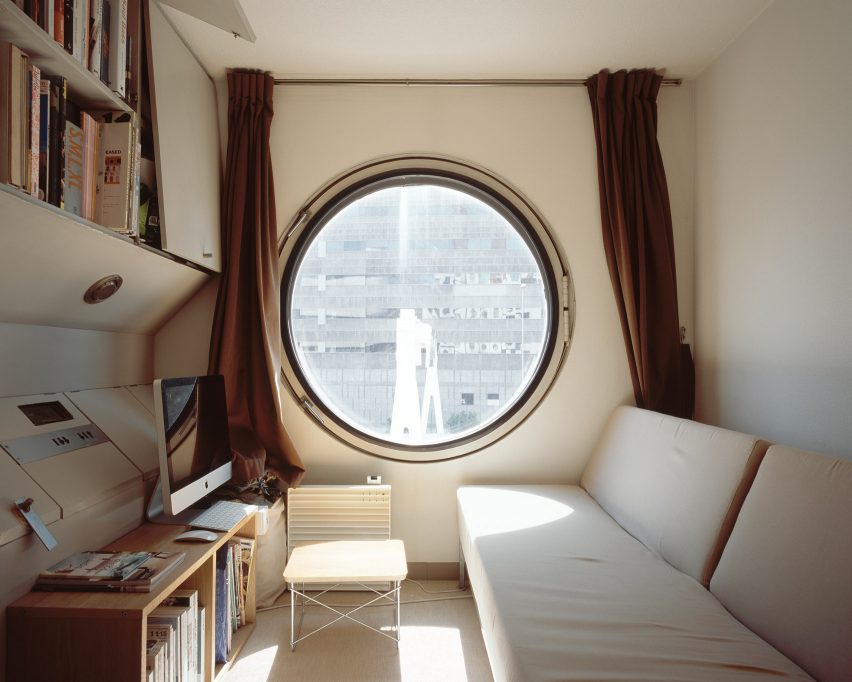
"Capsule A1302 has been carefully restored in close conversation with Kurokawa’s office, curators and historians," said SFMOMA.
"The capsule joins the museum’s deep holdings in Japanese architecture, design and photography."
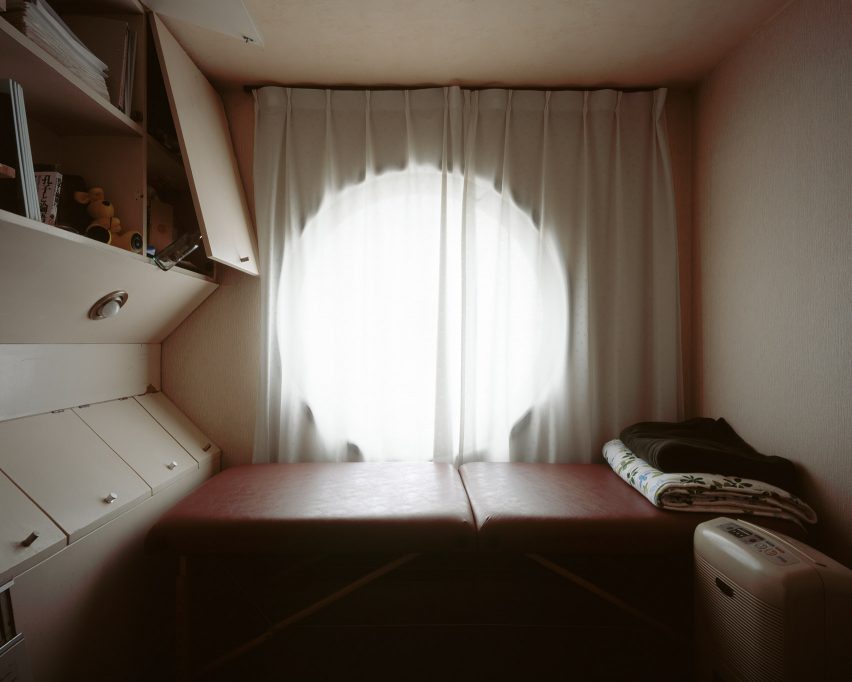
Completed in Tokyo's Ginza neighbourhood in 1972, the Nakagin Capsule Tower is one of few built examples of metabolist architecture – an architecture movement founded in post-war Japan.
The movement was pioneered by Kurokawa with fellow architects Kiyonori Kikutake and Fumihiko Maki and centred on the idea of buildings being adaptable and replaceable.
This is reflected in the design of the 13-floor Nakagin Capsule Tower, which was designed so that its individual capsules could be replaced or moved if desired. However, a lack of funding meant this was never realised and ultimately led to the decline of the building.
According to the SFMOMA, its acquisition of Capsule A1302 reflects "the architect's wish that the capsules not remain fixed, but rather move to other locations".
A total of 140 modules made up the 13-storey tower. Each containing a tiny home, they were bolted onto two concrete cores and prefabricated from steel.
All of the prefabricated capsules measured 2.5 metres in height and width and four metres in length, with a single circular window and a built-in bathroom, bed and desk.
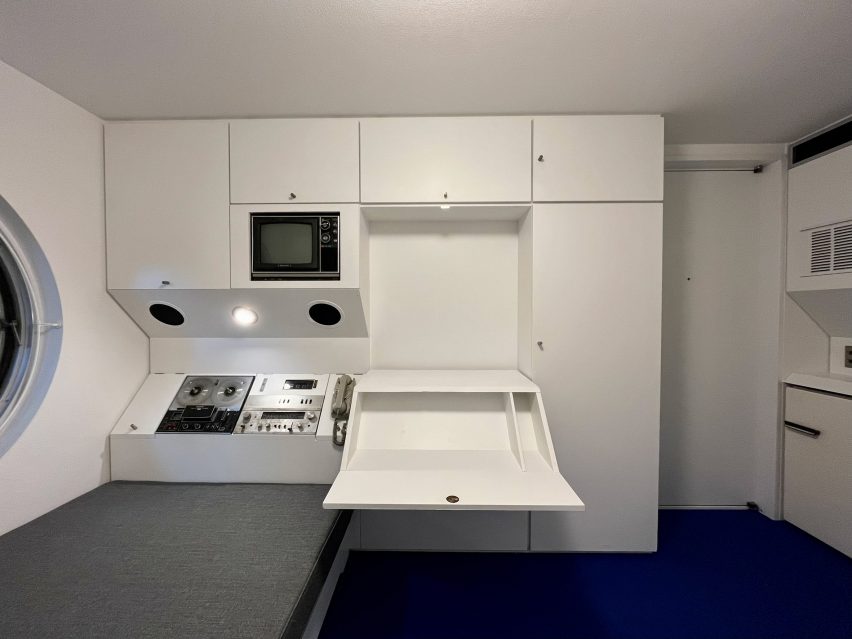
Capsule A130, the unit acquired by SFMOMA, was once positioned on the tower's top floor. According to the museum, it has been used as a set for several films.
In addition to SFMOMA's acquisition of Capsule A1302, the museum has also obtained nine photos of Nakagin Capsule Tower taken by artist Noritaka Minami. Collected from Minami's series named 1972, they document the building's interiors between 2010 and 2022.
During its demolition last year, Japanese digital consultancy Gluon created a highly accurate virtual model of the Nakagin Capsule Tower, while Kurokawa's studio auctioned the rights to rebuild it in both real space and the metaverse.
Elsewhere, Nakagin Capsule Tower A606 Project is currently transforming one of the building's pods into a "mobile capsule".
The photography is by Noritaka Minami unless stated otherwise.